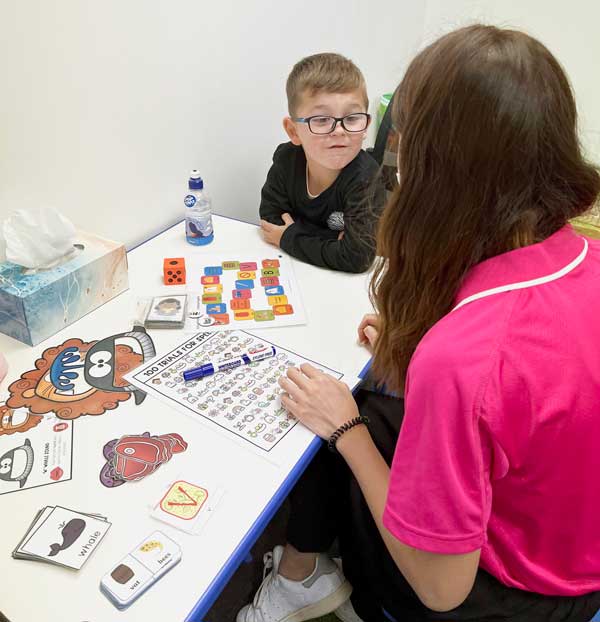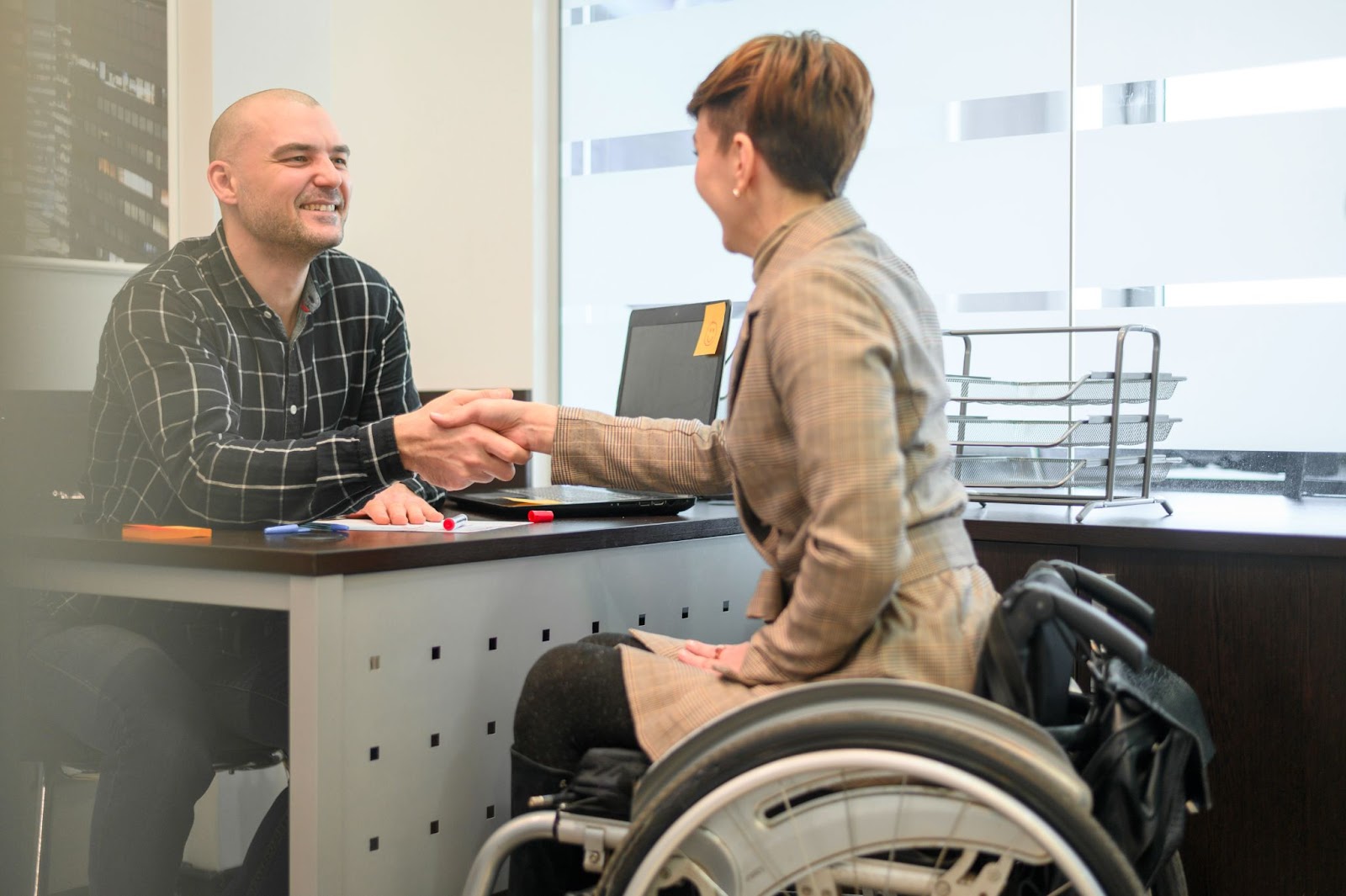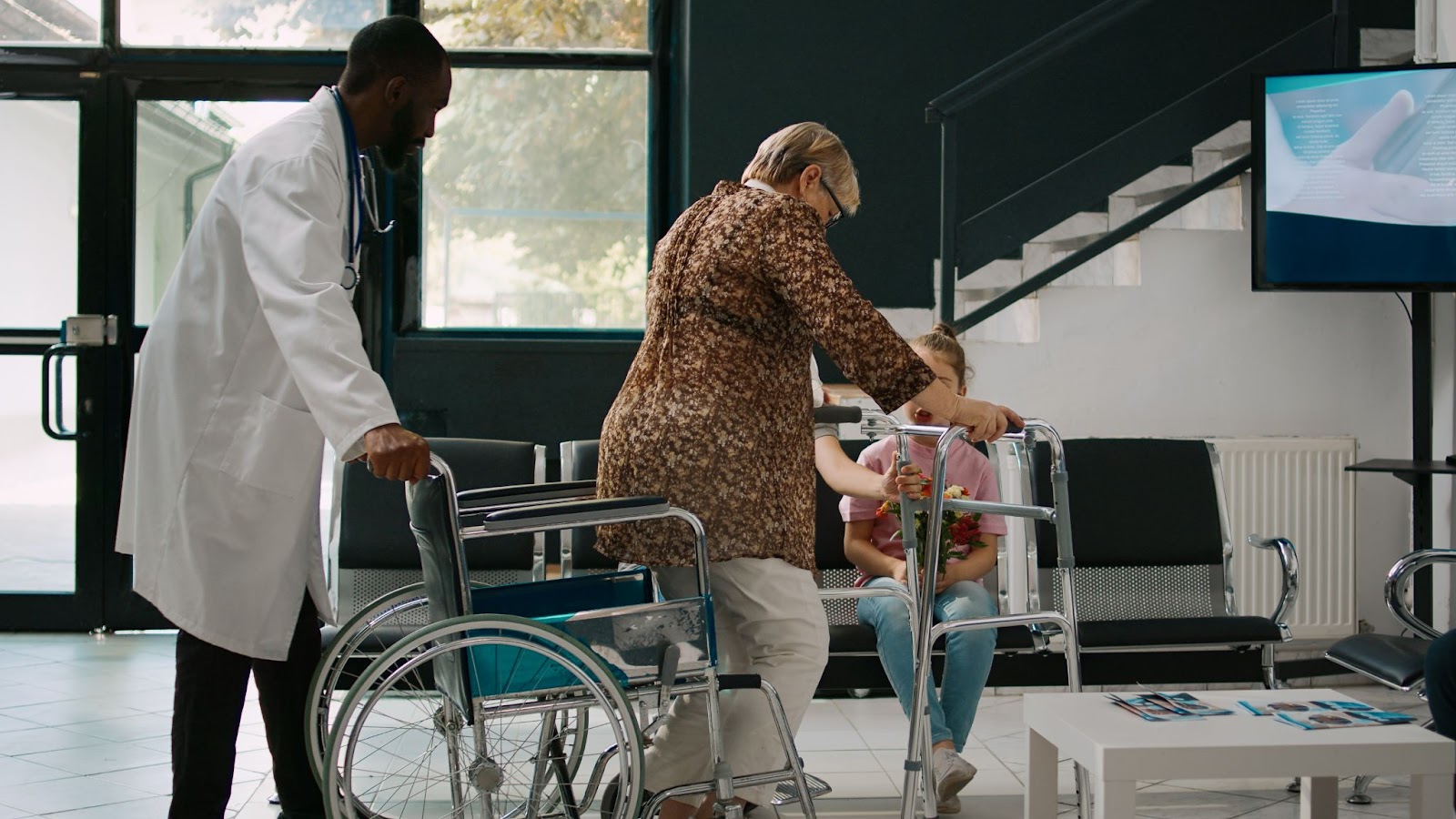Another sign of a speech delay is a lack of single words. Babies typically begin to use single words between twelve and eighteen months of age. If a baby is not using single words by eighteen months, this could be a sign of a speech delay.
Finally, another sign of a speech delay is a lack of two-word phrases. Babies typically begin to use two-word phrases between eighteen and twenty-four months of age. If a baby is not using two-word phrases by twenty-four months, this could be a sign of a speech delay.
If any of these signs are observed, parents should seek professional help. A speech-language pathologist can assess the child and provide appropriate treatment. Early intervention is key to helping children with speech delays reach their full potential.
The Benefits of Early Intervention for Kids with Speech Delays
Early intervention for children with speech delays is an important part of helping them reach their full potential. Early intervention can help children learn to communicate effectively and develop the skills they need to succeed in school and in life.
Early intervention can help children with speech delays learn to communicate more effectively. Speech-language pathologists can provide therapy to help children learn to use language more effectively. This can include teaching them how to use words, how to form sentences, and how to understand and use language in social situations. Speech-language pathologists can also help children learn to use alternative forms of communication, such as sign language or picture boards, if needed.
Early intervention can also help children with speech delays develop the skills they need to succeed in school. Speech-language pathologists can help children learn to listen and follow directions, understand and use language to express their needs and wants, and interact with their peers. These skills are essential for success in school and in life.
Early intervention can also help children with speech delays develop the skills they need to interact with others. Speech-language pathologists can help children learn to use language to express their feelings, ask questions, and interact with others. This can help them build relationships and make friends.
Early intervention can also help children with speech delays develop the skills they need to be successful in life. Speech-language pathologists can help children learn to use language to communicate their needs and wants, understand and use language in social situations, and interact with others. These skills are essential for success in life.
Early intervention is an important part of helping children with speech delays reach their full potential. Speech-language pathologists can provide therapy to help children learn to communicate more effectively, develop the skills they need to succeed in school and in life, and interact with others. Early intervention can help children with speech delays reach their full potential and lead successful lives.
Exploring Different Types of Speech Therapy for Kids
Speech therapy is an important part of helping children with communication difficulties. It can help them to develop their language skills, improve their ability to communicate, and increase their confidence. There are many different types of speech therapy available for children, and it is important to understand the different approaches and techniques used in order to choose the best option for your child.
One type of speech therapy is articulation therapy. This type of therapy focuses on helping children to produce sounds correctly and to improve their pronunciation. Articulation therapy can help children to learn how to produce sounds correctly, and to use them in the correct context. It can also help them to understand the meaning of words and to use them correctly in conversation.
Another type of speech therapy is language therapy. This type of therapy focuses on helping children to understand and use language correctly. It can help them to understand the meaning of words, to use them in the correct context, and to express themselves clearly. Language therapy can also help children to develop their vocabulary and to understand the rules of grammar.
A third type of speech therapy is fluency therapy. This type of therapy focuses on helping children to improve their ability to speak fluently. It can help them to reduce stuttering and to improve their ability to express themselves clearly. Fluency therapy can also help children to develop their confidence in speaking.
Finally, there is social skills therapy. This type of therapy focuses on helping children to develop their social skills. It can help them to understand the rules of social interaction, to interact with others in a positive way, and to develop their self-confidence.
Each type of speech therapy has its own benefits and can be used to help children with different communication difficulties. It is important to discuss the different types of speech therapy with your child’s doctor or speech therapist in order to determine which type of therapy is best for your child.
Tips for Parents to Help Their Kids with Speech Therapy at Home
1. Establish a Routine: Establishing a regular routine for speech therapy at home is essential for success. Set aside a specific time each day for your child to practice their speech exercises. This will help them become more comfortable with the process and make it easier for them to stay focused.
2. Make it Fun: Speech therapy can be a daunting task for children, so it’s important to make it fun. Incorporate games and activities that your child enjoys into their speech therapy routine. This will help keep them engaged and motivated.
3. Use Visual Aids: Visual aids can be a great way to help your child understand and practice their speech exercises. Use pictures, diagrams, and other visual aids to help your child understand the concepts they are learning.
4. Be Patient: It’s important to be participant with your child during speech therapy. Progress can take time, so don’t expect immediate results. Encourage your child and provide positive reinforcement when they make progress.
5. Seek Professional Help: If you feel like your child is not making progress with their speech therapy, it may be time to seek professional help. Speak to your child’s doctor or a speech therapist to get advice on how to best help your child.
The Role of Technology in Speech Therapy for Kids
Technology has become an integral part of our lives, and it has also become an important tool in speech therapy for kids. Speech therapy is a type of therapy that helps children with speech and language challenges to improve their communication skills. Technology can be used to help children with speech and language challenges to improve their communication skills in a variety of ways.
One way that technology can be used in speech therapy for kids is through the use of speech-generating devices. These devices allow children to communicate by using a computer or tablet to generate speech. The device can be programmed with words and phrases that the child can use to communicate. This can be especially helpful for children who have difficulty speaking or forming words.
Another way that technology can be used in speech therapy for kids is through the use of apps. There are many apps available that can help children with speech and language challenges to improve their communication skills. These apps can be used to practice pronunciation, learn new words, and practice grammar. They can also be used to practice conversation skills and to help children learn to express themselves more effectively.
Technology can also be used to help children with speech and language challenges to practice their communication skills in a more natural setting. For example, there are apps that allow children to practice their communication skills in a virtual environment. This can be especially helpful for children who are shy or who have difficulty speaking in public.
Finally, technology can be used to help children with speech and language challenges to practice their communication skills in a more interactive way. For example, there are apps that allow children to practice their communication skills by playing games or engaging in activities. This can be especially helpful for children who have difficulty focusing or who need more practice in order to improve their communication skills.
In conclusion, technology can be a powerful tool in speech therapy for kids. It can be used to help children with speech and language challenges to improve their communication skills in a variety of ways. By using speech-generating devices, apps, virtual environments, and interactive activities, children can practice their communication skills in a more natural and engaging way.





